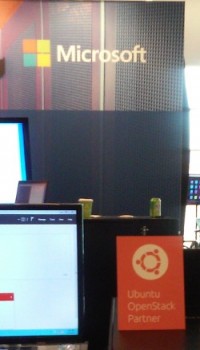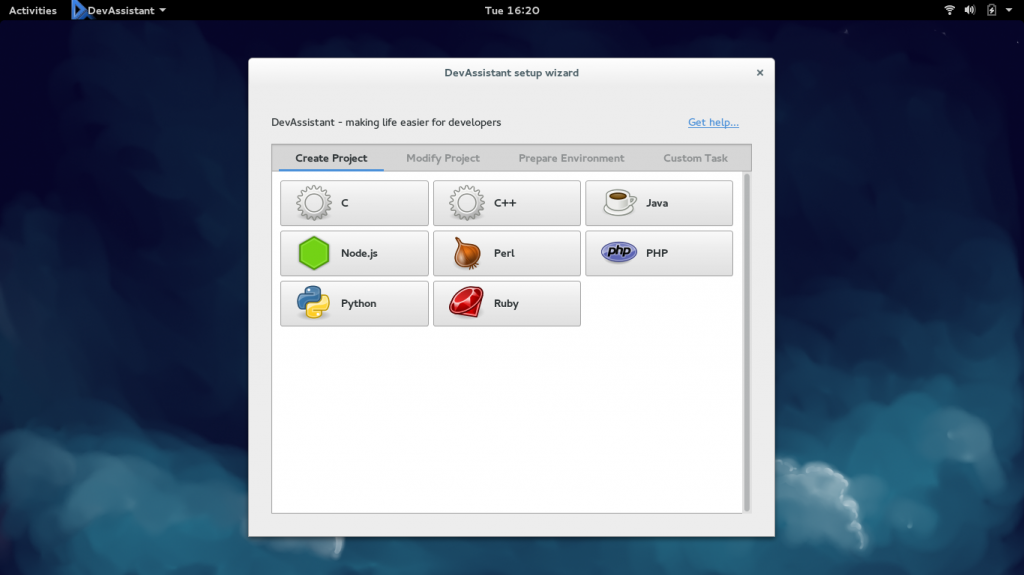FOSS Week in Review
To be honest, I’m really not finished going through all the materials I picked up at the Open Compute Project 2015 U.S. Summit this week in San Jose. There is a lot of interesting stuff here to wade through, and I’m still going through it.
Meanwhile, much of what makes the FOSS world interesting didn’t wait for me to finish. Like:
Linus Under Wraps? We all know Linus Torvalds. We “get it” — he’s a guy with a big vocabulary who doesn’t suffer fools gladly. Many of us are okay with “Linus being Linus,” though some lately have begun to question how positive his criticisms can be. Earlier this week, Business Insider reported the Linux Foundation appeared to try to rein him in, slapping him on the wrist when they issued a new “Code of Conflict” policy that declared “personal insults or abuse are not welcome.”
 The “Code of Conflict” says that if “anyone feels personally abused, threatened, or otherwise uncomfortable” while working on Linux, they should report the situation to the Technical Advisory Board who will step in and mediate.”
The “Code of Conflict” says that if “anyone feels personally abused, threatened, or otherwise uncomfortable” while working on Linux, they should report the situation to the Technical Advisory Board who will step in and mediate.”



 Most prominently,
Most prominently, 






 In comes a castoff ThinkPad T500 from a friend in Seattle and I’m now in the 64-bit club.
In comes a castoff ThinkPad T500 from a friend in Seattle and I’m now in the 64-bit club.